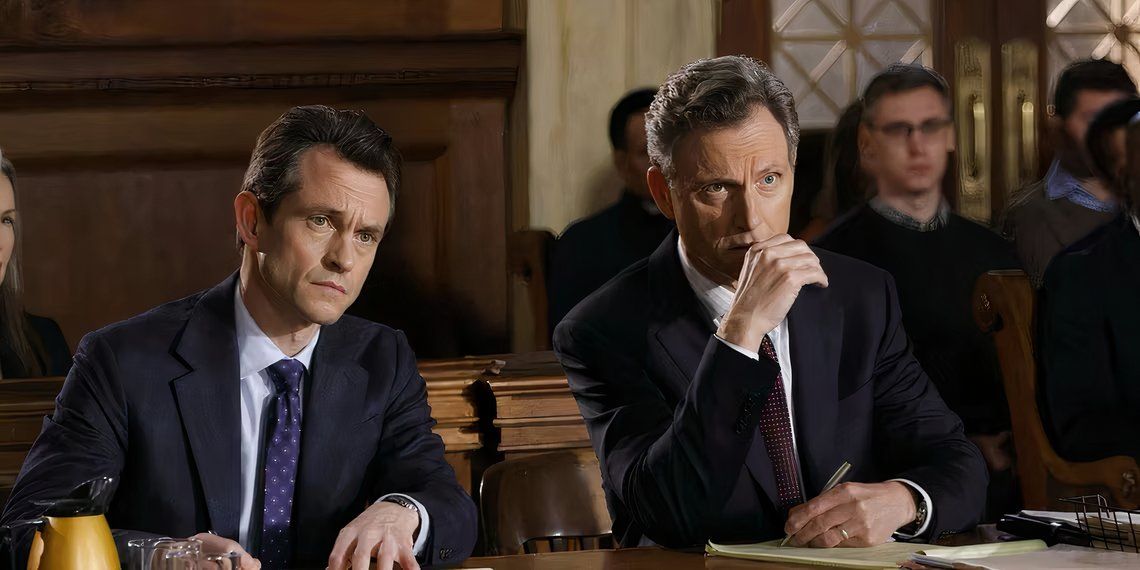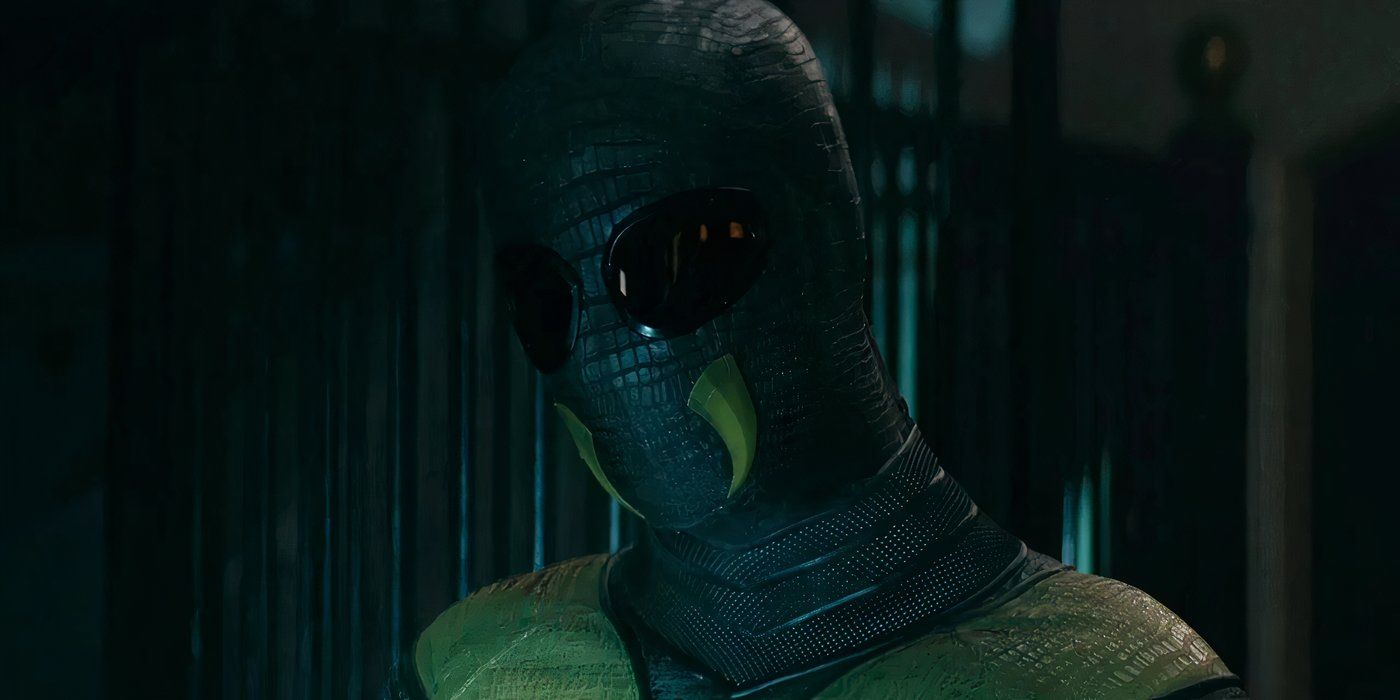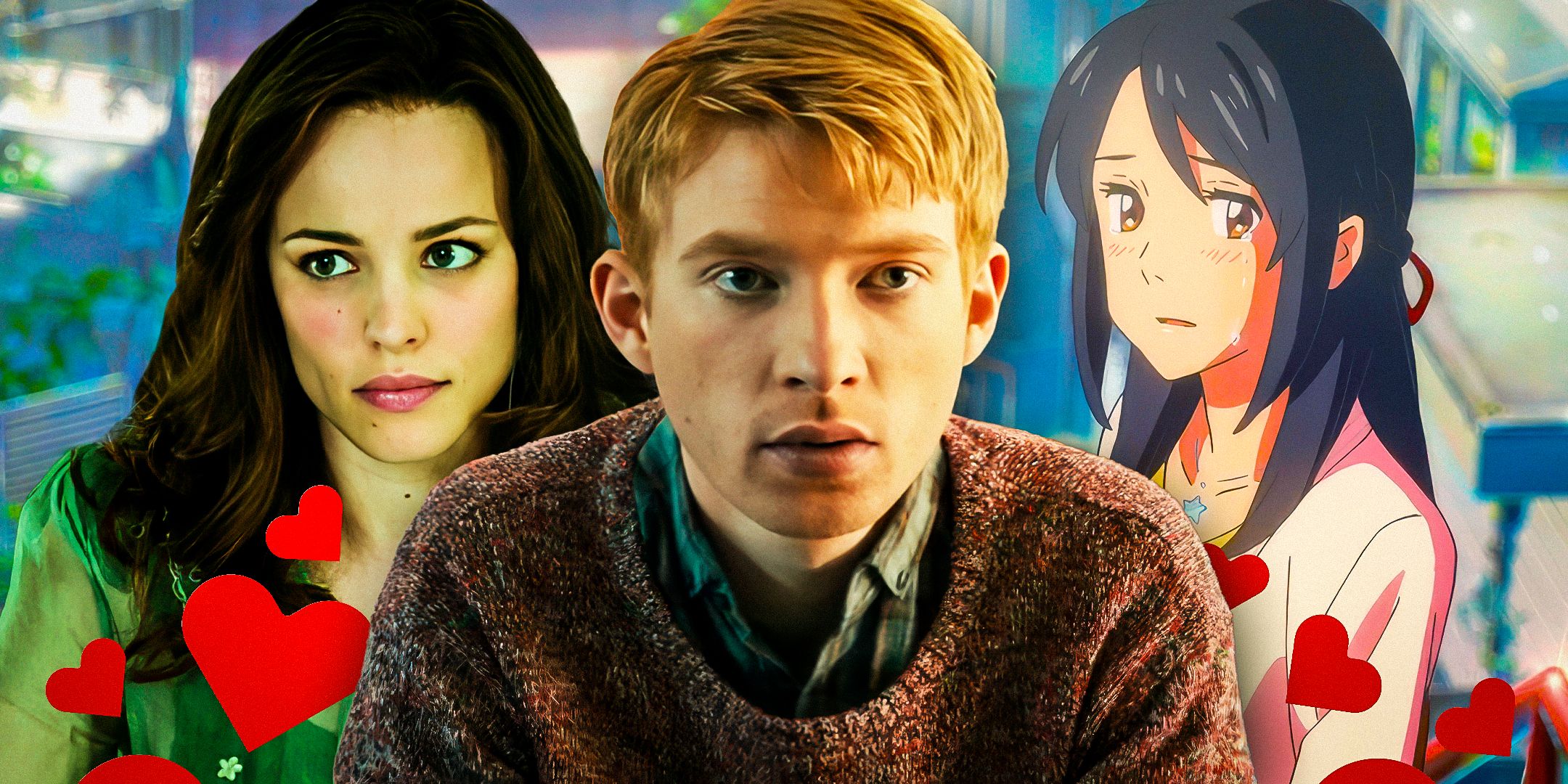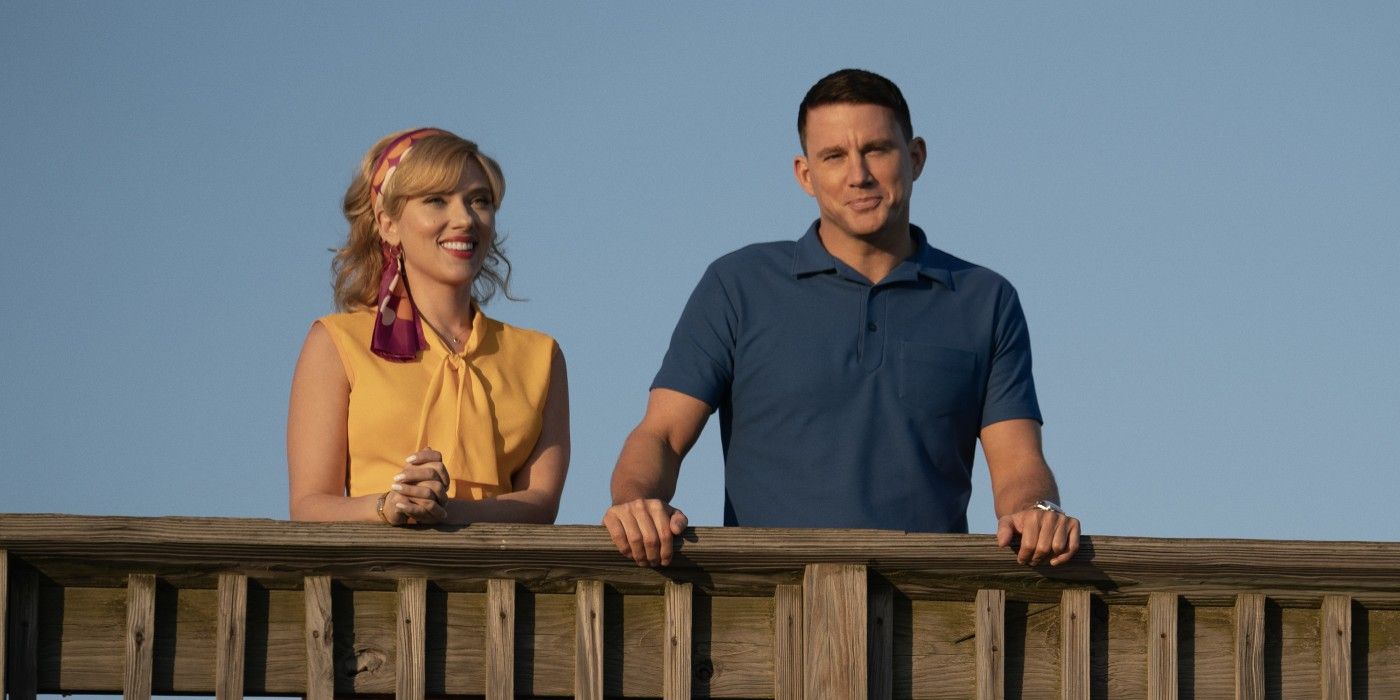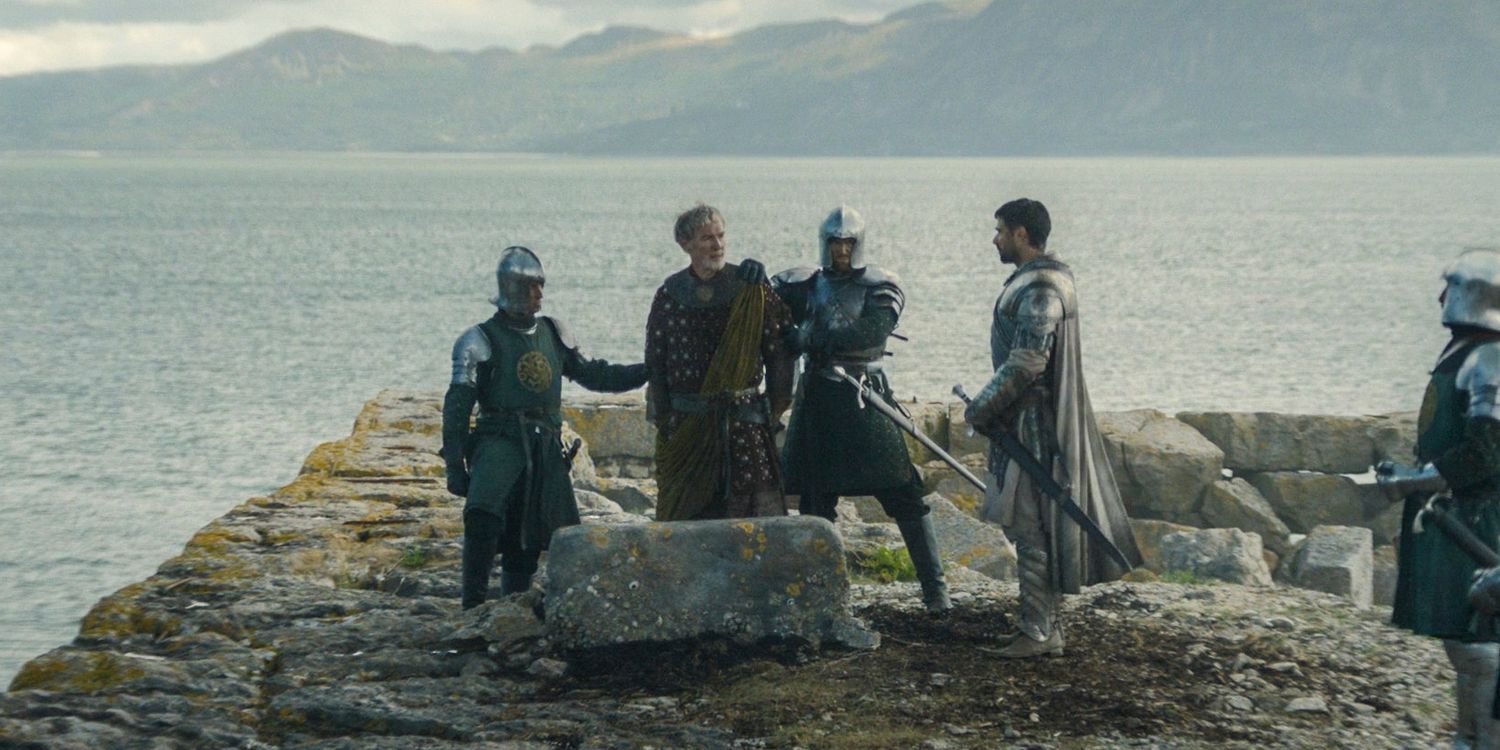The angry mob story used in Halloween Kills received better handling by its predecessor Halloween 4: The Return of Michael Myers some 33 years prior. Director David Gordon Green returns to deliver the middle portion of his reboot trilogy, with Halloween 2018’s fresh blend of nostalgia and viscera reinvigorating the Halloween slasher premise. Immediate critical consensus has not been kind to Halloween Kills, however, with its paper-thin premise and nonsensical character development just two of many reasons cited for its underwhelming reception.
Halloween Kills‘ timeline immediately follows the events of Halloween 2018, with Laurie Strode (Jamie Lee Curtis) and her surviving family members trapping Michael Myers in their burning house and seemingly killing their tormentor-in-chief. However, the Strode progeny’s relief is short-lived when Michael emerges from the inferno to cut a bloody swathe across his hometown. Halloween Kills moves its main focus away from the Strode women in favor of Haddonfield’s other long-suffering residents, who uncharacteristically band together in an attempt to kill Michael once and for all.
Yet while Halloween Kills‘ depiction of mob justice falls decidedly flat, earlier franchise installment Halloween 4 handles this premise more adeptly. While Halloween Kills softens the brutality of its seething mob, Halloween 4: The Return of Michael Myers holds a spotlight on this testy subplot and highlights the pitfalls of the mob mentality. The Halloween 4 movie also delivers a more realistic portrait of vigilante justice, with the 1988 film taking its time to establish a rationale for its vengeful residents in a way Halloween Kills does not.
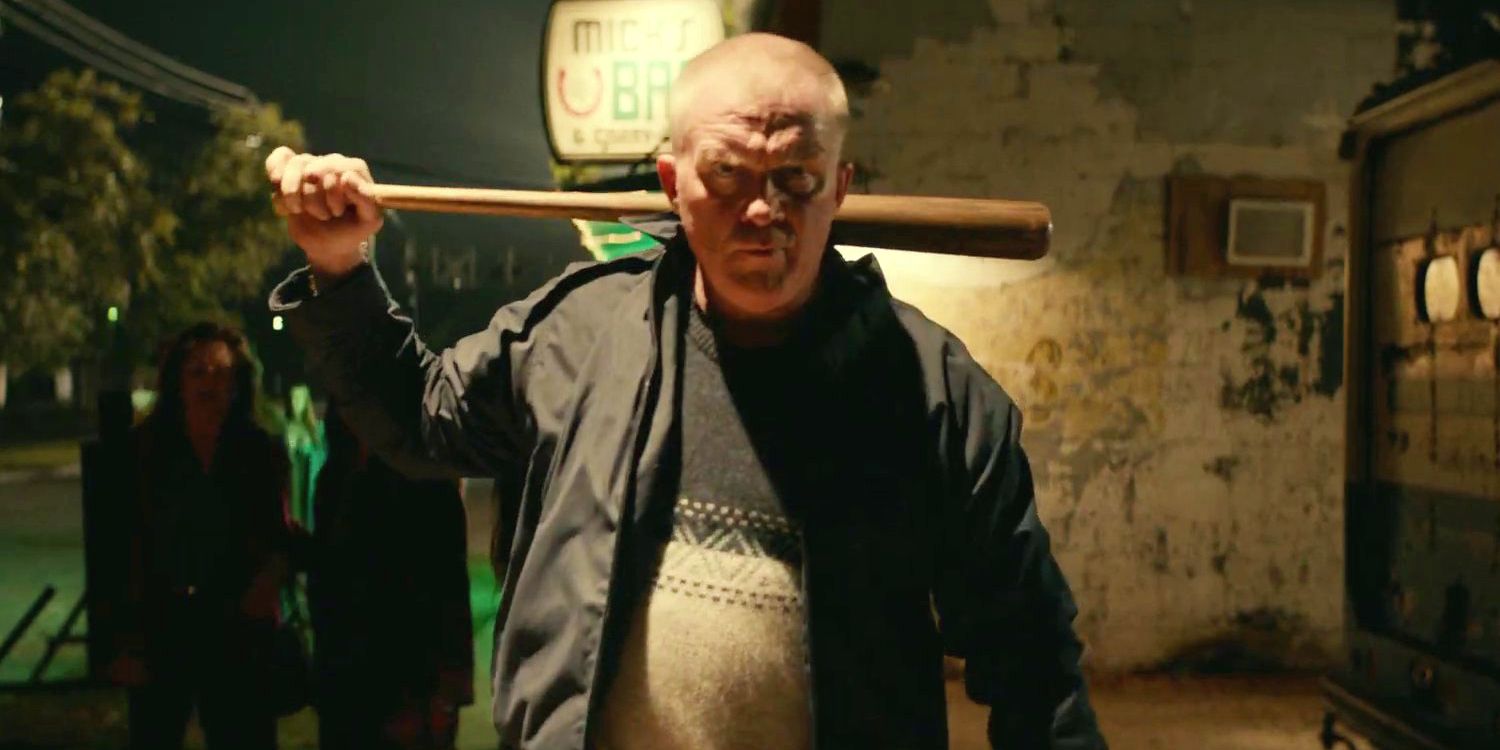
Halloween Kills‘ angry mob premise presents as half-baked from the off, with David Gordon Green’s sequel offering little context to sit alongside the Haddonfield resident’s insistence that “evil dies tonight.” The willingness in which the town’s citizens rally behind Laurie, a woman they had reviled less than 24-hours prior, is particularly jarring. Aside from acting as mindless lambs to the slaughter, the Haddonfield mob’s mentality also feels purposefully muddled, with their hunting of an innocent psychiatric patient appearing particularly forced. Halloween Kills‘ mob needs minimal persuasion to follow Tommy into a tirade of property destruction and random violence, making their innocent victim’s suicide feel a hollow and unnecessary plot element in the context of the film.
In contrast, Halloween 4: The Return of Michael Myers succeeds with its mob narrative by allowing the vigilante elements of the story time to gestate before invoking the ire of Haddonfield’s residents. Halloween 4′s mob story is just one of several subplots throughout the film, making the convergence of the mob with Michael a much more believable scenario. Halloween 4‘s depiction of the social elements of mob justice also feels much more poignant, with the mob physically murdering an innocent man and dealing with the social ramifications that follow in a series of scenes devoid of Halloween Kill‘s nonsensical mass hysteria.
While Halloween 4: The Return of Michael Myers ultimately fails to impress as a standalone film, the measured approach it takes to the mentality of vigilantism feels far more poignant than the slapdash fare served up by Halloween Kills. While the Haddonfield mob in Halloween Kills suffers no consequences for their incessant baying for blood, Halloween 4 presents the way its angry mob narrative should have been handled.
Key Release Dates
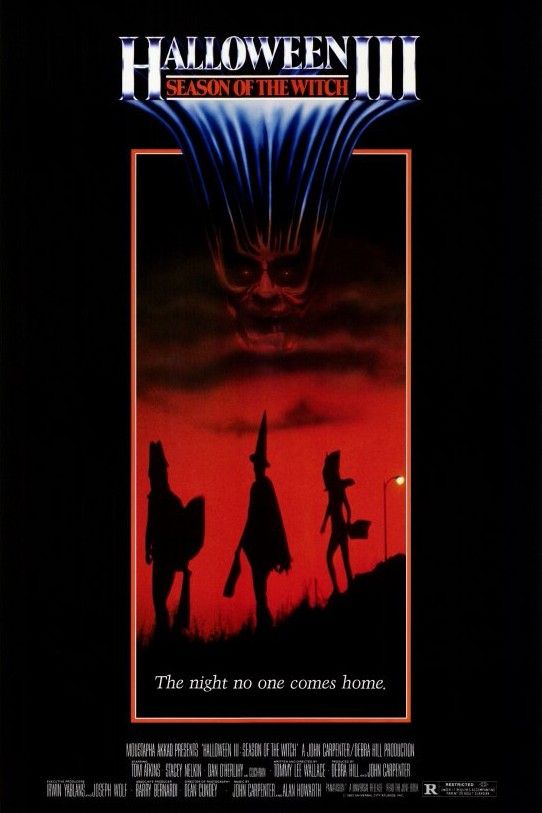
Halloween III: Season of the Witch
Release Date:1982-10-22
